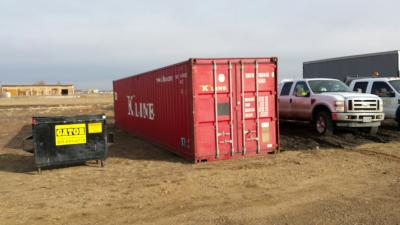Tips for Buying Shipping Containers

Due to their popularity in the freight industry, shipping containers are inexpensive and convenient. However, their uses aren't limited to shipping and transportation. After making a few minor adjustments you can repurpose a cargo container for use as a temporary office, a mobile storage unit, or even an environmentally friendly house. When considering a container for your next building project there are few things you should keep in mind before you purchase a shipping container.
First, you need to consider what length of container will best meet your project needs. Cargo containers come in a variety of ISO (International Shipping Organization) sizes. Excluding high cube containers, shipping containers are almost always 8 feet wide and 8.5 feet tall. The key variation is the length, containers are typically 10 feet, 20 feet, and 40 feet long. During your planning you can estimate your needs and decide which length is the best for you.
A container that is 10 foot long has approximately 80 square feet, so it is best for backyard storage or a small temporary building like a ticket booth. 20 foot long containers provide 160 square feet of space, making them well suited for bigger storage spaces, and jobsite or temporary offices. A 40 foot long container provides the most space - 320 square feet. These containers are great for converting to homes and industrial storage spaces.
